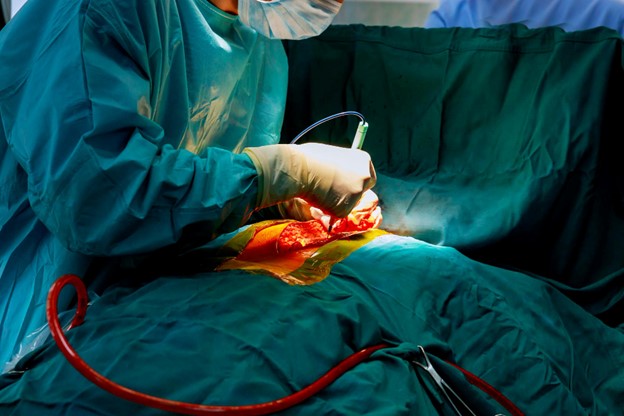What is CABG, you may wonder? CABG, or Coronary Artery Bypass Grafting, is a heart surgery technique used to improve blood flow. It is an essential surgical technique for patients with severe coronary artery disease. The main idea of what is bypass of heart is creating a new path for blood to reach the heart muscle, bypassing arteries that are blocked or narrowed.
Understanding Coronary Artery Disease and CABG
Coronary Artery Disease (CAD) is when the blood vessels that supply the heart with oxygen and nutrients become narrow or blocked. This can happen because of cholesterol buildup, known as plaque, which hardens and narrows the arteries. Many factors contribute to CAD, including high cholesterol, high blood pressure, smoking, and diabetes.
The coronary arteries are crucial. They are the ones responsible for providing the heart muscle with oxygen and nutrients. When these arteries are blocked, the heart doesn’t get what it needs to function properly. This can lead to chest pain, also known as angina, or even a heart attack.
So, what is CABG in medical terms? It is a procedure that helps improve blood flow to the heart. Doctors take a healthy blood vessel from another part of the body. They use this vessel to bypass the blocked or narrowed arteries, thus creating a new route for blood to reach the heart. CABG has been around since the 1960s and has helped millions live better and healthier lives.
The role of CABG is crucial. It helps prevent heart attacks and improves the quality of life for those with severe heart disease. CABG is not a cure for heart disease, but it can relieve symptoms and make it easier to exercise.
The CABG Procedure: What to Expect
Getting ready for CABG involves a series of steps. Before surgery, doctors perform several evaluations. These include blood tests, X-rays, and heart imaging tests. These tests ensure you’re in the best shape for the surgery. You may need to stop certain medications, especially blood thinners, before the procedure.
The actual surgery is a detailed process:
- Accessing the heart: The surgeon makes an incision in the chest to reach the heart.
- Attaching grafts: Healthy blood vessels, often from the leg, are used to create new routes for blood flow.
- Closing up: Once the grafts are in place, the surgeon closes the incision, and the heart starts functioning with better blood flow.
There are two techniques for CABG – On-Pump and Off-Pump.
- On-Pump CABG uses a heart-lung machine, which takes over the function of the heart and lungs during the surgery. This allows the surgeon to operate on a still heart.
- Off-Pump CABG is done while the heart is still beating. It doesn’t use the heart-lung machine.
Each method has its own benefits and risks.
- On-Pump offers a stable field for the surgeon, which can make grafting easier and more precise.
- Off-Pump, on the other hand, may reduce the risk of complications such as stroke or kidney problems, since the heart and brain maintain their normal blood flow.
Discussing with a doctor which method suits your situation is essential. They help determine the best approach based on individual risks and health factors.
CABG Recovery and Lifestyle Changes
After surgery, recovery is a careful process. Most patients stay in the hospital for a week. During this time, doctors and nurses monitor the heart and overall health. Recovery involves pain management and guidance on how to move safely.
What is bypass of heart post-operation? It means easier blood flow, which allows patients to engage in activities with less fatigue and pain. Although CABG greatly benefits heart function, it carries risks. These include infection, bleeding, or reactions to anesthesia. Follow-up visits are crucial for keeping an eye on progress.
Living a heart-healthy life after CABG is key.
- Diet: Adopt a balanced diet full of fruits, vegetables, and whole grains.
- Exercise: Engage in regular, moderate physical activity.
- Avoid smoking: Quit smoking to improve heart health.
Such changes help maintain surgery gains and prevent further heart issues. Understanding what CABG is and following a healthy lifestyle leads to the best possible outcomes and a healthier heart.

